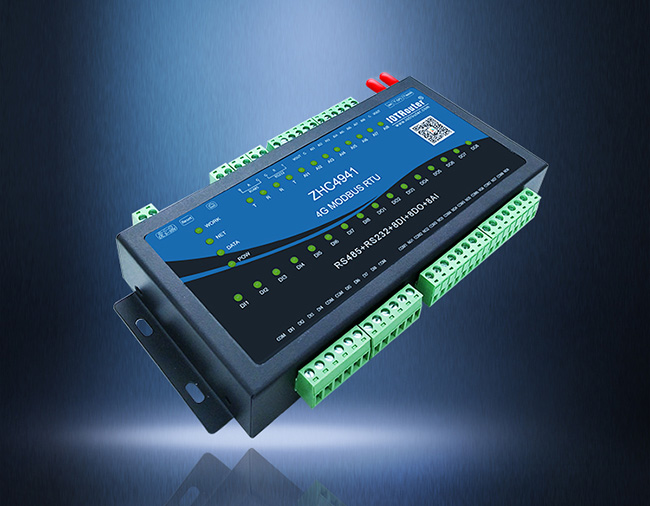RTU is a special computer measurement and control unit with modular structure designed for long communication distances and harsh industrial site environments. It connects end detection instruments and actuators with the main computer of the remote control center and has remote data The acquisition, control and communication functions can receive operating instructions from the host computer and control the actions of the terminal actuator.


RTU should have at least the following functions: monitoring, control and alarm of on-site signals and industrial equipment. For example: data collection and processing, on-site control, data transmission (network communication), on-site and remote alarms, some RTUs also have a series of measurement functions for specific application fields such as flow accumulation, etc.
When choosing a DTU product, we generally consider the following aspects:
1. Whether the functional requirements are complete, such as supporting: dynamic domain name, remote configuration, remote upgrade.
2. Then select the network operator and confirm according to the user’s usage environment (on-site signal strength).
3. The second question is whether the communication interface meets your own needs. It is best to choose a DTU with a terminal interface, which is easy to access and sturdy.
4. Finally, it is determined whether the product is truly industrial-level standard, with wide temperature, wide voltage, power reverse protection, high-voltage lightning strike, and electrostatic protection functions.
The RTU selection steps are basically the same as those of DTU, but RTU has several more A/D analog acquisition and digital I/O interface functions, and this area has more selectivity. We divide it into input interface and output interface to explain:
input interface:
1. Digital input, optional high level active or low level active
2. Pulse input, optional current, high level, low level.
3. Analog input, optional current collection or voltage collection, for example: current collection range or voltage collection range.
Output Interface:
1. Digital output, optional high level active or low level active.
2. Pulse output, optional output impedance size, high and low level range.